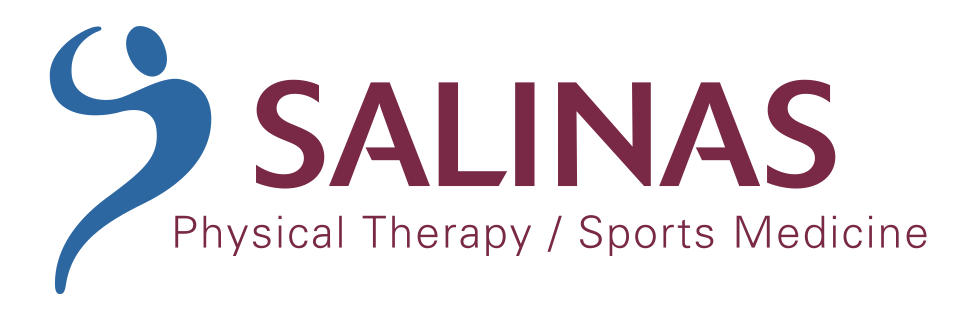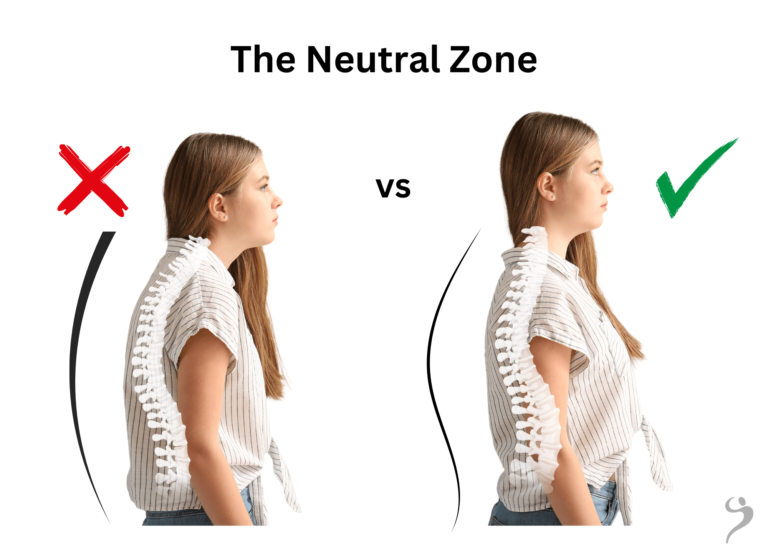Phone: (714) 695-1566
Fax: (714) 695-1553
Email: info@salinaspt.com
23655 Via Del Rio, Suite C
Yorba Linda, CA 92887

Phone: (714) 695-1566
Fax: (714) 695-1553
Email: info@salinaspt.com
23655 Via Del Rio, Suite C
Yorba Linda, CA 92887

It’s that wonderful time of year! Spending time with family, friends, and loved ones as the holidays draw near. A time to pull out those lawn ornaments, put up a tree, and travel to your next destination. Unfortunately, this is also a time when you’re likely doing tasks that your body hasn’t seen since last December. These activities can carry risk when your body is underprepared.
Lifting heavy boxes, climbing ladders, and sitting through extended car rides are typically not part of your regular routine. Your body is a creature of habit, and over time conforms to the level of stress you place on it. We’re guessing that you probably don’t work at a tree yard, or hang lights for a living… In this article, we’ll share actionable tips and strategies to help you protect your spine in those precarious positions.
Back pain flare-ups are one of the most common conditions we see in our clinic. In fact, over 80% of the population will experience them at some point. The moment after lifting a heavy box, or twisting in an unfamiliar direction, sends sharp shooting pain through your spine. If you’ve experienced a flare-up, you know the crippling effects it can have.
We know that your spine is designed to move! It is an amazing structure with a multitude of facet joints, discs, and nerves traveling through it. Healthy spines with ample muscle support can take on the holiday chores with ease. But we also know that not all spines are healthy, and sometimes we can all benefit from a little “how-to”.
Low back pain can be classified as specific or non-specific. In non-specific cases, the pain is not associated with an underlying condition such as osteoarthritis, degenerative disc diseases, or tissue damage. The highest risk factors for non-specific back pain include; low physical activity levels, smoking, obesity and high physical stress at work.
Back pain that is classified as specific is typically a result of an underlying condition such as degenerative disc disease, cancer, structural damage, and can also be referred by organs like the kidneys. The good news is that most of the non-specific causes of back pain flare-ups are treatable and can be avoided with preventative measures.

The “Neutral Zone” is a term we’ve coined in the clinic that describes your spine in an ergonomic position. This means sitting or standing upright, good postural strength, and mindful movements. Within the clinic, we teach strategies that help maintain the muscle structure that supports your spine. We also love sharing proper lifting techniques that reduce the amount of stress placed on the spine. In this article, we’re covering proper lifting techniques that will help you maintain the “Neutral Zone” and hopefully avoid the dreaded back pain flare-up.
Lifting objects may not seem like a hazardous activity but as mentioned before, when your body is not conditioned for this movement you can get into trouble quickly. We recommend keeping the following key tips in mind:
Position Your feet shoulder-width apart with one foot slightly forward. This will improve your balance and stability. Plan your lifting strategy along with your steps for moving to the next location.
Utilizing hip, quadriceps and core muscles during the lifting process distributes the force of the load. This will ensure that your legs are taking the brunt of the weight as opposed to folding your back.
Somewhere between your shoulder and waist is ideal. Avoid reaching into the trunk and back seat of your car as these positions are not well-supported.
A loose grip can cause you to lose balance, and twist, which could cause a strain.
Your spine is designed to handle the load in this position. A good reminder is to stick your buttocks out, which will help prevent the lower back from rounding.
Rounding your shoulders and upper back could potentiall cause more stress in these areas, leading to pain in the neck and upper back.
This creates tension and stability while helping support your spine. To learn more about core exercises that help support the spine, head over to our blog, Core Strengthening.
Check out this video from Muscle Motion showing different lifting techniques and how they affect your body:
Aside from lifting, sometimes those long trips and sitting for several hours can lead to a sore neck or back. Use a lumbar support or roll in the middle of your back to position your spine in better alignment. Pull off the road to stretch your legs and back every couple of hours. The change of position will help take the pressure off of your spine and hydrate your back muscles with fresh, nutrient rich blood.
Since we focused primarily on proper lifting technique and ergonomic tips, it is important to remember that not all spines are the same. People suffering from underlying health conditions must understand the capacity of their back and what activities or movements to avoid. If you’re suffering from back pain, don’t hesitate to contact our team for a Complimentary 30-minute Consultation. Our therapists will perform a thorough evaluation of your condition and provide treatment options to help reduce or eliminate your pain.
In Good Health,
– The Salinas Team
References:
[1] National Library of Medicine. Health Topics: Back Pain. Available from: https://medlineplus.gov/backpain.html [last accessed 12/12/2023]
[2] Amit G Alon. How To Lift Heavy Weight Safely. Available from: https//www.youtube.com/watch?v=z4epelusue0&t=77s [last accessed 12/12/2023]
Disclaimer: The information provided on SalinasPT’s website is for general informational purposes only and should not be considered a substitute for professional medical advice. We strive to ensure the accuracy and timeliness of the information. By using this website, you acknowledge that you assume full responsibility for any actions taken based on the information provided, and we disclaim all liability for any damages or consequences resulting from such actions. Always consult a qualified healthcare professional for personalized medical advice and treatment.